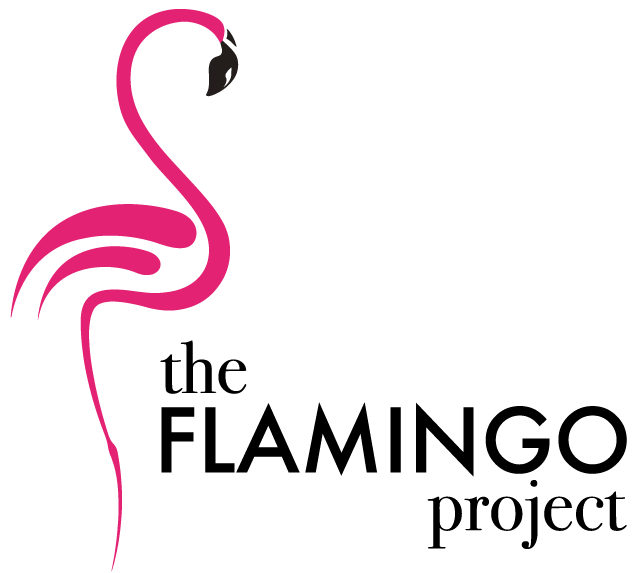At this point in the year, are you finding that your pipeline is different from what you were thinking (good or bad)? Are you anticipating your client’s needs, ahead of time? Ensuring that your firm truly stands out from the flock?
Empathy mapping is a crucial tool to understanding and catering to user needs. One effective approach to empathy mapping is integrating it with the 5E Framework, which provides a structured method for empathizing with users, creating meaningful relationships, and designing products that truly resonate with them. Let’s explore the 5E Framework in detail and see how it can be applied effectively, using an example from the Architecture, Engineering, and Construction (AEC) industry.
understanding Empathy mapping
Empathy mapping is about creating a visual representation of user needs and experiences. Imagine your firm is considering pitching to a client who deals in the public market, in May. We’ve got to stop and think about what’s happening in May. Budgets for October and beyond are not approved. They’re being discussed. And if their market is being affected by Federal budgets, and it happens to be an election year, budgets are going to be even more ‘up-in-the-air.’ So approaching a public sector market with work proposals in May is probably NOT the best time.
The empathy map is a collaborative, visual tool. It should involve your leadership team, along with any other stakeholders your firm knows will need to have buy-in. The map is divided into seven sections, focusing on what the user says, thinks, does, feels, sees, hears, and their goals. This comprehensive approach helps teams understand potential clients holistically and design pitches that cater to their real needs.
the goal of empathy mapping
Empathy mapping aims to create a deeper understanding of the client, fostering emotional intelligence and buy-in within the team. The goal is to step into the shoes of potential clients, ensuring that the pitching process is client-centered. This is where the 5E Framework can help guide your questioning;
- Entice: What event triggers a user to enter the UX funnel? Clearly define your target persona to ensure everyone understands their context. Centralize their thoughts and feelings, including their pains and gains.
- Enter: What are the first few steps in the UX funnel? Identify the changes they need or want. What are they thinking and feeling during this time?
- Engage: What tasks is the user trying to accomplish? Consider what is available to them – why (or why AREN’T) they using what’s already available to them? How can you capitalize on this opportunity?
- Exit: How does the user complete the task? Include actual quotes from user research.
- Extend: What follow up actions occur after the user completes the task? What do they do? Reflect on how users interact with the product.
Analyzing and Applying Insights
Once the empathy map is complete, analyze it for insights. It’s normal for sections to overlap or contradict, reflecting the complexity of human behavior. For example, clients within the public sector may find a project pitch intriguing (what they say) but feel overwhelmed by its complexity (what they think & feel).
Use these insights to refine your development approach. If the pitch is too complex, simplify it with visual iterations. If potential clients are unsure of budgets, maybe waiting a few months to chat will actually work in your favor. This iterative process ensures that your pitches meet the actual needs of your potential clients.
benefits of empathy mapping
Empathy maps are invaluable for several reasons:
- Understanding Clients: They provide a deep understanding of client needs and preferences, which is crucial for designing client-centered products or services.
- Collaborative Tool: They serve as a visual explanation for the broader team and stakeholders, fostering better communication and understanding.
- Encouraging Open-Mindedness: Empathy maps promote open-mindedness and discourage judgment, essential for building true empathy and making client-centered decisions.
Empathy maps are not a one-time activity. Revisit and update them as you gather more data about your users. They help in categorizing qualitative research, finding gaps in understanding, and sparking innovation and creativity.
Challenges and controversies
Despite their benefits, empathy maps have limitations. They can oversimplify complex human experiences or rely too much on assumptions if there’s a lack of qualitative research. There’s also a risk of projecting one’s biases onto the map, leading to inaccurate representations of user experiences. Additionally, since human perspectives are constantly evolving, an empathy map might confuse designers by presenting too many options or contrasting thoughts. Which is why it may be helpful to have an outside entity help you embark on the empathy mapping journey to ensure the growth of your firm is in a direction that makes sense for your company AND your clients.
If you’re interested in hosting a workshop with your firm to explore decision making using neuroscience, building client personas and empathy mapping to ensure your firm is growing in a direction that makes sense, and will create buy-in from your teams AND potential clients, you can connect with our Head Bird, Sarah Kinard here.

